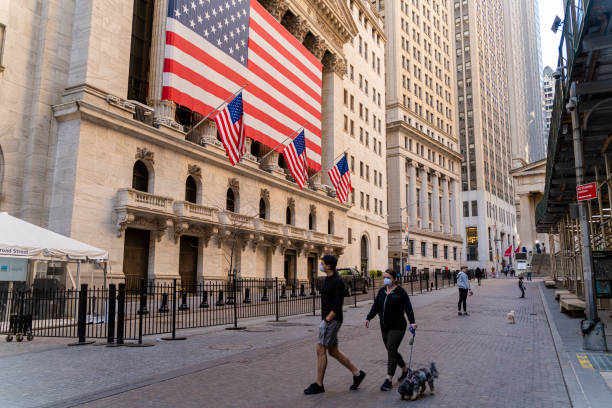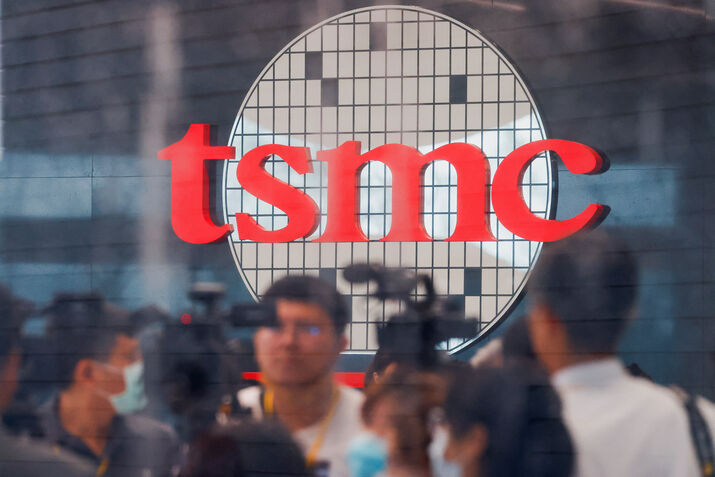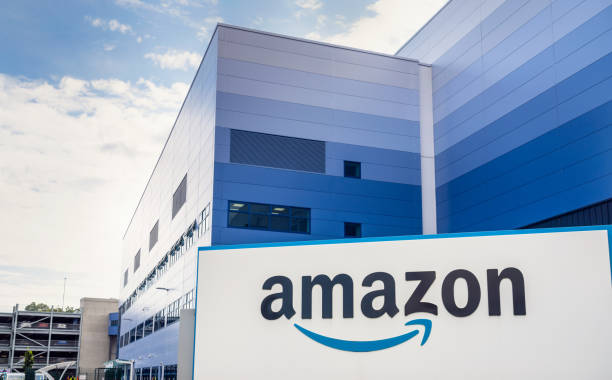[Reuters Breakingviews] Trump tariff liberation means endless complication

.jpg)
LONDON, April 1 (Reuters Breakingviews) - Donald Trump is calling it Liberation Day. The president claims prospective tariffs on trillions of dollars of U.S. imports, which he is preparing to reveal on Wednesday, will mark the moment that global trading partners stop taking advantage of the United States. In fact, the decision could kick off a series of retaliations and negotiations which will drag on for years. Trump’s devotion to using tariffs to attack a vast array of American woes and foes means trade uncertainty is here to stay.
The tariffs, designed to counter supposed trade imbalances with other countries, are part of a barrage of measures Trump has set in motion since taking office in January. His administration is also exploring restrictions on trade in products from pharmaceuticals to semiconductors, similar to the 25% levy on imports of cars and parts announced last week. Meanwhile, a recent threat to punish countries that buy Venezuelan oil shows Trump sees trade duties as a multi-purpose weapon he can aim at almost any target.
Start with the reciprocal tariffs. The idea of the U.S. matching the higher rates that other countries charge on its exports seems simple. In reality, it’s complicated. The U.S. tariff schedule has around 12,500 separate entries and applies to trade with almost 200 countries. That means millions of bilateral relationships, each of which in theory requires a bespoke reciprocal tariff. Apart from the complexity, this approach would probably not have much impact. UBS economists calculate that if the U.S. raised levies to the same level charged by other countries, its trade-weighted average tariff would rise by just 1.65 percentage points: In 2023, the overall figure was 2.2%, according to the World Trade Organization.
The White House is irked by more than unfair tariffs, though. It has pointed to a long list of factors it claims impede the flow of American goods to other countries, from government subsidies to sanitary measures and even value added taxes. Factoring these into reciprocal charges allows the administration to justify almost any levy.
How all this will work is still far from clear, though. One option is to whack each country with a blanket charge on all outbound trade with the U.S. Last week the country’s Treasury Secretary Scott Bessent told Fox Business the administration was focused on the “Dirty 15” worst offenders – a list that probably includes Canada, China, the European Union, India, Japan, and Mexico, judging by a February filing from the U.S. Trade Representative.
Yet the policy remains in flux. Trump recently revived the idea of imposing a blanket 20% tariff on all the $3 trillion-plus of goods the U.S. imports each year, the Wall Street Journal reported. That would take overall import duties back to their peak during the Great Depression of the 1930s. White House aide Peter Navarro on Sunday claimed the tariffs would raise $6 trillion in revenue over a decade – a figure roughly consistent with a 20% charge. However, this calculation makes no allowance for the likely drop in demand for imports resulting from the policy.
Whatever path Trump chooses, Wednesday’s announcement will probably mark the beginning of an extended period of global horse-trading. Administration officials expect other governments to negotiate lower charges: India has offered to reduce tariffs on U.S. products including almonds and cranberries in an attempt to avert the reciprocal levy, Reuters reported, citing two government sources. If those overtures fail, large trading partners may retaliate. The European Union, for example, could target big U.S. tech companies like Google owner Alphabet GOOGL.O or financial institutions such as PayPal PYPL.O. China also has a long menu of potential reprisals, from squeezing Tesla TSLA.O to devaluing the yuan.
Doing deals is tricky, in part because Trump’s trade war goals are unclear. The president and his cabinet have at various points identified tariffs as a way to reduce trade deficits, create U.S. manufacturing jobs, raise tax revenue, strengthen economic security, and stem the flow of fentanyl into the U.S. These objectives are often contradictory. If global carmakers respond to Trump’s 25% tariff by shifting production to the U.S., as the president says he wants, imports of automobiles will fall, making it even less likely that the levies raise the $100 billion of annual revenue his administration claims the policy will bring in.
There is also no evidence that countries with high tariffs are successfully keeping out American exporters. Countries with the highest tariffs relative to the U.S. include Brazil and Argentina, Morgan Stanley economists point out. Last year, the U.S. had a surplus in goods trade with both countries.
At the same time, the Trump administration seems determined to make the implementation of tariffs more complex. Announcing levies on car imports last week, the White House specified that U.S.-made parts would be exempt from the 25% charge on completed vehicles entering the country. Given Trump’s desire to reward domestic manufacturers, that approach makes sense. But it complicates the calculations importers must make, and it opens the possibility of the administration in future charging extra levies on components made in other countries, like China.
Trump is also experimenting with other trade war tactics. Last week’s Venezuelan threat introduced the idea of a 25% tariff on U.S. imports from any country which buys oil from Caracas. Such a “secondary tariff” is similar in design to the financial sanctions the U.S. has used with great effect against Iran and Russia, among others. These “secondary sanctions” apply not just to the target but to any entity that deals with it, thereby turning overseas financial institutions into the unwilling enforcers of American sanctions.
Taking a similar approach to trade could allow Trump to apply economic pressure to countries with few U.S. exports. On Sunday, the president threatened to slap secondary tariffs of 25% to 50% on buyers of Russian oil if President Vladimir Putin blocks his efforts to end the war in Ukraine. It’s far from clear that Trump would follow through on such a threat, which would upend trade with countries like India. The risk of such measures will also encourage other countries to open new trade corridors and reduce their exposure to the U.S.
Nevertheless, it’s a reminder that the president’s fondness for tariffs will last well beyond Wednesday’s big reveal. Trump’s promised liberation means endless complications – for the United States and its trading partners alike.
Follow @peter_tl on X
CONTEXT NEWS
Reciprocal tariffs by the United States will include all nations, not just a smaller group of 10 to 15 countries with the biggest trade imbalances, U.S. President Donald Trump said on March 30.
“You’d start with all countries,” he told reporters aboard Air Force One. “Essentially all of the countries that we’re talking about.”
Trump has promised to unveil a massive tariff plan on April 2, which he has dubbed “Liberation Day”.
The Trump administration is scrambling to determine the specifics of its new tariff agenda ahead of the self-imposed deadline, the Wall Street Journal reported on March 30, citing people familiar with the conversations.
Trump has encouraged his team to devise plans that would apply higher rates of tariffs on a broader set of countries, the WSJ said.
Graphic: US goods trade deficit or surplus with major trading partners in 2024
Graphic: Countries with the highest tariffs on US imports relative to exports







